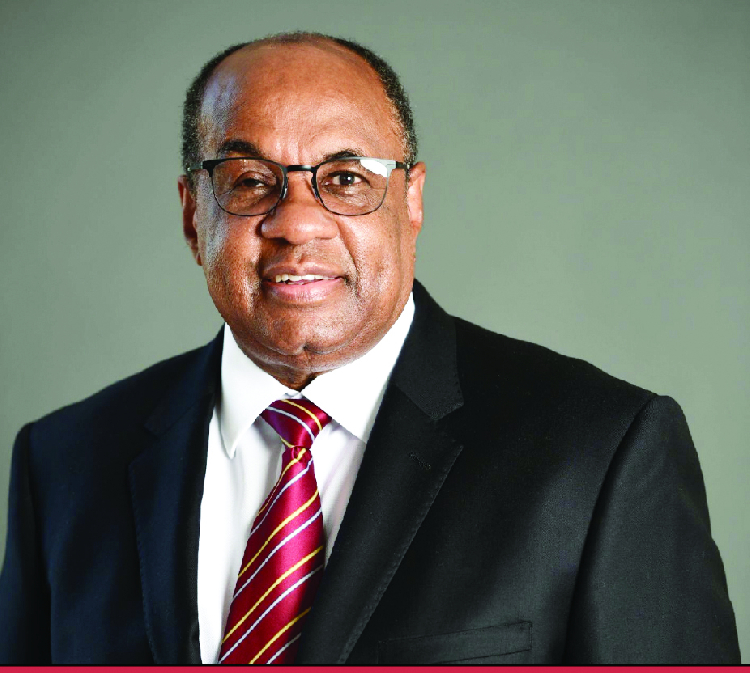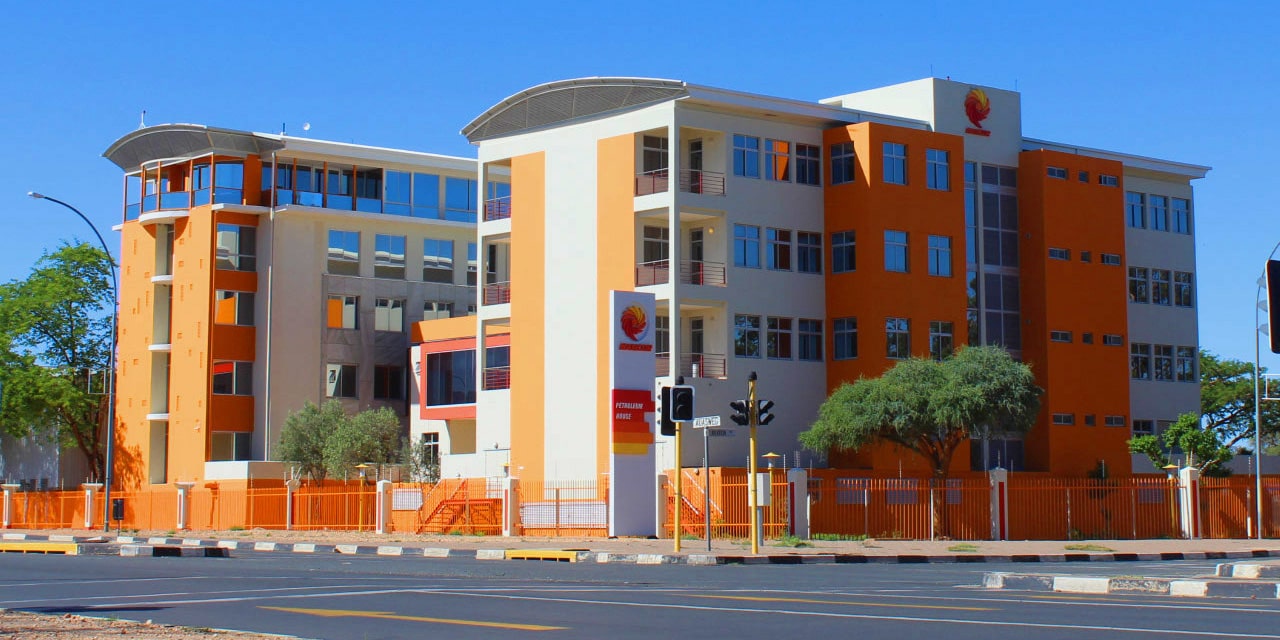Martin Endjala
Namibia’s reliance on imported goods is cited as one of the main contributing factors to the country’s high inflation rate, and its citizens feeling the impact of increasing inflation rates globally.
This concern was raised by the Bank of Namibia Governor Johannes !Gawaxab yesterday in Windhoek, during the announcement of the repo rate increase by 25 basis points to 7.25 percent, with immediate effect.
This is the second time this year that the repo rate has been hiked by the central bank’s Monetary Policy Committee, following a comprehensive review of the global, regional and domestic economic development.
The BoN’s Governor said that transport and food are some of the main factors that heavily impacted the country in terms of the inflation rate, and in order to keep prices low, the BoN has increased the repo rate as a mechanism to safeguard the domestic economy where consumers will feel the pinch accordingly.
According to !Gawaxab, the decision to increase the repo rate is also deemed appropriate in order to safeguard the one-to-one link between the Namibian Dollar and the South African Rand.
Moreover, the decision was also taken to contain inflationary pressures, stem their second-round effects and anchor inflation expectations.
“This monetary policy stance will take the current negative real policy interest rate to an appositive rate. The increase in the rate is nevertheless of moderate proportion to support domestic economic recovery”, the Governor said.
The increase in the repo rate will also effectively bring the prime lending rate to 11 percent, meaning that commercial banks’ interest rates will also be affected.
However, according to the Bank of Namibia’s observations, household lending seems to be at a controlled rate compared to businesses, which is attributed to Covid-19.
“This phenomenon must not be overlooked as the effects of the pandemic will continue to be felt,” he said.
He also stated that the hike in the repo rate does not mean it is compulsory for banks to increase their rates, adding that banks can do this at their own discretion.
!Gawaxab reiterated that he is not invalidating the cost to people when it comes to loans and borrowing, adding that he is cognizant of how of people will be affected. He added that by increasing the repo rate, credit expenditure can be subdued.
“For if we do not, we will not only be violating our mandate as a central bank but it will even cause more damage,” ! Gawaxab explained.
In order to mitigate some of these concerns, the central bank said it is currently revising the covid-19 relief measure, the loan evaluation and the introduction of the SME recovery scheme.
Moreover, the Governor noted that the Monetary Policy Committee took a responsible decision to increase the repo rate, bearing in mind that the country’s economy is still in a recovery mode, while also lauding the committee for taking such a decision, compared to the repo rate hike by 50 basis points in South Africa last month.
The MCP met on the 17th and 18th of this month and its next meeting is slated for the 12th and 13th of June 2023, continued monetarization on these development and potential effects on the domestic economy will be maintained and will act appropriately.
The Governor is adamant that despite the collapse of three major banks in the United States mainly Silvergate, Silicon Valley, and Signature, Namibian commercial banks will remain profitable and properly commercialized and will not feel the effects due to their adequate capitalization.
Meanwhile, domestic economic activity improved in 2022 and the first three months of 2023. However, the inflation rate remains elevated, while growth in the Private Sector Credit Extension remained weak, while international reserves stock remained sufficient to support the currency peg and meet the country’s international financial obligations.
This was observed in sectors such as mining, manufacturing, transport, communications, tourism and wholesale and retail trade.The Annual growth in Namibia’s real GDP rose to 4.6 percent in 2022, from 3.5 percent in 2021. Inflation has also deteriorated, with Namibia’s average inflation said to have risen to 7.1 percent during the first three months of 2023 compared to 4.5 percent during the corresponding period in 2022.
The rise in overall inflation was predominantly driven by food and transport inflation, on a monthly basis, overall inflation for 2023 has been revised upwards and it is now projected to average 6.1 percent from a forecast of 5.3 percent at the previous monetary policy committee.
The International Monitoring Fund has projected global economic activity to expand by 2.8 percent in 2023, as growth in Advanced Economies, as well as Emerging Markets and Developing Economics, is expected to remain weak.




